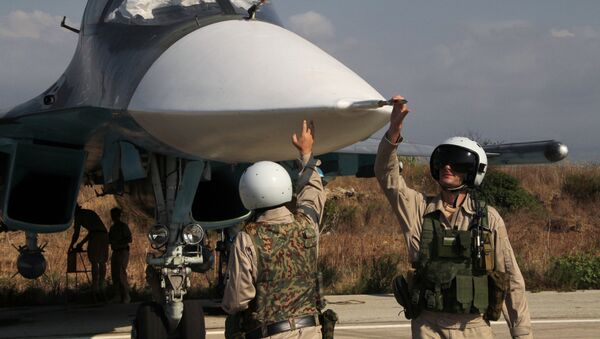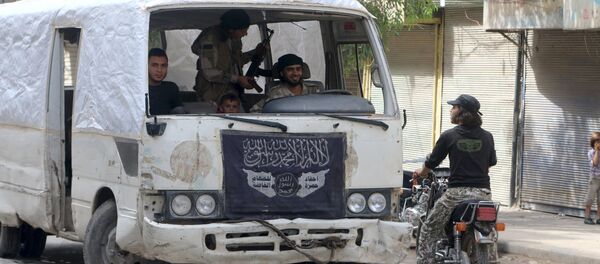“The Russian forces now in place make it very, very obvious that any kind of no-fly zone on the Libyan model imposed by the US and allies is now impossible, unless the coalition is actually willing to shoot down Russian aircraft,” The Financial Times quotes Justin Bronk, a research analyst at the Royal United Services Institute as saying.
The news outlet reasons that even surveillance missions above Syria by US and coalition aircraft will be complicated. It adds that NATO is now wary of “seeing the kind of 'cold war tactics' and brinkmanship Russia has recently been using in the Baltics.”
“Pilots will be briefed to expect powerful Russian radar systems 'lighting up' their aircraft in shows of strength,” it quotes one NATO air force officer as saying, without disclosing his name.
Meanwhile, The New York Times has reported that the US-led coalition “has begun preparing to open a major front in northeastern Syria, aiming to put pressure on Raqqa, the Islamic State’s de facto capital.”
The newspaper quotes an official as saying that US President Obama ordered the Pentagon, for the first time, to directly provide ammunition and perhaps some weapons to Syrian opposition forces on the ground. He also endorsed the idea of ramping up the US air campaign from an air base in Turkey, although important details still need to be worked out.
“Together, these measures are intended to empower 3,000 to 5,000 Arab fighters who would join more than 20,000 Kurdish combatants in an offensive backed by dozens of coalition warplanes to pressure Raqqa.”
Meanwhile, Syrian President Assad, during a Sunday interview with Iranian TV, praised his allies' intervention in the conflict, saying "The alliance between Russia, Syria, Iraq and Iran must succeed or else the whole region will be destroyed," adding “The chances of success for this coalition are great.”





